What is IPO Subscription?
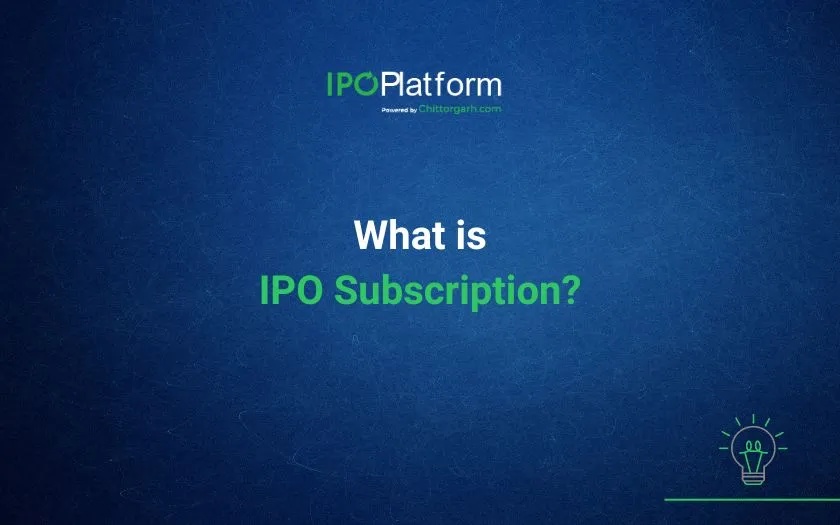
An IPO (Initial Public Offering) subscription refers to applications made by investors to buy shares of a company as it goes public for the first time. During the IPO period, bids are placed to purchase shares at IPO price band which is set by the company. The number of applications received shows the interest of public in the IPO, which affects the IPO performance and the listing price and ultimately the IPO listing gains.
The subscription level is tracked for different types of investors and is available in real time on NSE, BSE and various IPO platforms in India.
How IPO subscription works?
The IPO subscription is determined by the applications submitted by investors when a company is going for IPO. It reflects the demand for an IPO and is calculated by dividing the number of shares applied for by the number of shares available.
Depending on the applications received, an IPO can be either undersubscribed or oversubscribed. If there are more applications than the shares available, the IPO is considered oversubscribed. Conversely, if there are fewer applications than shares offered, it is deemed undersubscribed.
Stock exchanges provide real-time updates on the subscription status on their websites, reflecting the bids received.
How IPO Subscription status helps investors?
Latest IPO subscription status is an essential tool for investors, offering insights into the demand for new share offerings. By analyzing subscription levels, investors can measure market interest—high subscription levels suggest strong confidence and potential for price appreciation, while low levels may indicate less demand for the IPO. This information is particularly valuable for investors looking for projects to fund, as it helps them identify promising opportunities in the market.
-
Indicates Demand for an IPO: IPO subscription data helps to know the number of shares applied for in different investors category during the IPO subscription period.
- Investment Strategy Development: Investors can adopt an investment strategy to invest in IPO as per the subscription data.
- Chances of allocation: On the basis of subscription figures available one can understand the probability of the IPO allotment. Higher the subscription, lesser are the chances of allotment.
- Live IPO subscription status can help the investor to maximize profits by choosing the respective investor category.
- IPO Analysis: IPO subscription levels give information about the demand of an IPO in the public and guides an investor for IPO apply or avoid.
This data helps investors understand their chances of getting shares in different categories, enabling them to customize their investment strategies. In short, subscription data equips investors with the insights needed to make more informed choices in the IPO market.
What role does IPO Advisors play in successful IPO?
IPO Advisors play an important role in successful launch of an IPO. Their advisory role from IPO readiness, selecting the best merchant banker in India for SME IPO, various due diligence activities and IPO valuation guides the company throughout the IPO Issue and listing process. IPO platform in India provides information on upcoming IPOs on NSE Emerge and BSE SME and list of merchant bankers and anchor investors. Role of IPO advisor is important in the success of the listings.
What is IPO subscription Period and What is the IPO subscription timings?
IPO subscription period is the period when IPO remains open for receiving bids from the public. An IPO remains open for minimum of three days and maximum of ten days. Investor can subscribe or can apply during this period. The IPO Subscription period opens at 10 AM on the first day of IPO and closes at 5 PM on the last day of the IPO. Hence, an investor can apply at any time during this window.
However, Bids submitted after 5 PM (except on the last day) would be uploaded on the exchange on the next business day.
Key Times for Submitting IPO Bids:
-
Investor to Broker/Bank: Anytime while the IPO is open.
-
Bank to Stock Exchanges: Between 10 AM on the opening day and 5 PM on the closing day.
- Before submitting a bid, UPI mandate has to be approved.
- Banks and brokers typically close the IPO subscription window around 2 PM to 3 PM on the last day. This gives them enough time to process applications and submit them to the exchange before the 5 PM deadline.
This ensures that the bids are properly processed and submitted on time!
What is IPO Investor Category?
IPO investors are divided into six broad categories. Depending on their investor type and investment amount, individuals can participate in an IPO through one of the following categories:
-
Institutional Investors or Qualified Institutional Investors/Buyers (QIBs)
- Non-institutional Investors (NIIs) / High Net Worth Individuals (HNIs)
- Retail Individual Investors (RIIs)
- Anchor Investors
- Employee Quota
- Shareholders Quota
What is IPO subscription process?
-
Investors place bids for IPO shares through a stockbroker or bank.
-
The broker or bank consolidates all applications which are received and regularly forwards them to the relevant stock exchange.
- The IPO platforms (NSE / BSE) collects these applications and displays demand (subscription) in real-time from 10 AM to 5 PM. One can check the live IPO subscription status on following link- chittorgarh.com
- Once the subscription period closes, the exchange sends the collected data to the IPO registrar (Registrar and Transfer Agent, or RTA).
- The IPO registrar allocates shares based on SEBI regulations and details specified in the Red Herring Prospectus (RHP) about the no. of shares for each category (lots that can be applied for) and price band.
- The Registrar like Link Intime and KFintech publishes the allotment status on their website and sends allocation emails to investors.
- The registrar instructs banks to release any unused blocked funds from unsuccessful bids.
- Allocated IPO shares are transferred to investors’ accounts one day before they are listed on the stock exchange.
What is the minimum subscription for IPO?
As per the regulation 45 of SEBI (ICDR) Regulations, a company offering its share to public must receive 90% subscription till the last day of IPO, also called T day (IPO closing day).
In case this minimum subscription is not achieved, the company is bound to refund the entire application amount to investors who subscribed for the IPO. Also the IPO has to be cancelled on account of not meeting the minimum subscription criteria. However, such a circumstance is not seen in the practical world and almost all IPOs get full subscription and many are oversubscribed.
Historic Data of IPO subscription by merchant bankers, IPO subscription status on listing. One can know the top 10 IPOs by subscription. also
What are the types of IPO subscription?
The subscription in an IPO can be either oversubscribed or undersubscribed.
-
Oversubscription
An IPO is considered oversubscribed when the number of bids received exceeds the number of shares available which indicates more demand of IPO shares than its supply.
Benefits of Oversubscribed IPOs:
-
-
Companies can raise more capital by issuing additional shares to meet demand.
-
There’s potential for a premium listing.
- It reflects positively on the company’s market perception.
-
Example:
If a company offered 2,000 shares in its IPO at a price of ₹100 each. However, the Issue receives 2500 applications for its 2000 shares. In this case, the IPO is oversubscribed, indicating strong interest.
Calculation of oversubscription:
-
Shares Offered: 2,000
-
Shares Applied for/Applications received: 3,000
- Oversubscription Ratio: 3,000 / 2,000 = 1.5 (1.5 times oversubscribed)
-
Undersubscription
In the same example, if the company receives applications for 1200 shares against 2000 shares offered, then the IPO is said to be undersubscribed. Hence, an undersubscribed IPO is when the number of shares applied for falls short of the shares offered. This scenario suggests limited interest of the public in the offering.
Calculation of undersubscription
-
Shares Offered: 2,000
-
Shares Applied For: 1,200
- Undersubscription Ratio: 1,200 / 2,000 = 0.6 (0.6 times subscribed)
How to check mainboard IPO and SME IPO subscription status?
The NSE website shows live subscription data in the IPO section of Market Watch. It is to be noted that the bids for mainboard IPOs can be submitted on both the BSE and NSE platforms. However, the bids for SME IPO (know your eloigibility) are received on respective NSE Emerge platform or BSE SME platforms. One can know the real time subscription details about the SME IPO subscription (know the upcoming SME IPO) on NSE Emerge or BSE SME platform.
How to check the IPO subscription status on NSE?
-
Go to the NSE website at nseindia.com
-
Click on the "Market Data" tab, then select "New Listings."
- Find and open the IPO to know the subscription levels.
- Choose either "NSE Bid details" or "Consolidated Bid details."
- Click on "bid details."
- Investors can see the total number of bids received by different investors.
How does the grey market premium (GMP) relate to IPO subscription levels?
The grey market premium (GMP) reflects the price at which IPO stocks are traded unofficially before they are listed on stock exchanges for mainboard IPO and SME IPO.
A higher GMP indicates strong demand for the shares, which typically results in higher subscription levels during the IPO. Conversely, a lower GMP may suggest a weaker demand, leading to lower subscription levels.
How do IPO Subscription affects the Listing Price?
Subscription numbers are key indicators of potential share prices after an IPO is listed on the exchanges. When an IPO is oversubscribed, it signifies strong demand for the shares, often resulting in a premium listing.
However, while demand plays a significant role, several other factors also influence the final share price. The factors which influence the share price are as below:
- Industry Outlooks
- Market Trends
- Economic Conditions
- Government Policies
- Future Prospects of the Company
How many times subscribed IPO is good?
IPO subscription indicates the demand for an IPO. If the IPO subscription times is more than 1, the Issue is said to be oversubscribed. If the IPO subscription times is less than 1, the Issue is said to be undersubscribed and if it is exactly 1, the Issue is said to be fully subscribed. There is no rule which states a good level of subscription. An IPO must be subscribed 90% till its closing day as per the SEBI regulation.
What happens after IPO subscription? (Know the listing process)
Investors can apply for the shares offered in IPO during the subscription period. After the closure of subscription, listing process of the shares is initiated generally called T+3 process. Banks, Registrar, Merchant Banker and the Issuer company coordinate and various listing activities are undertaken. Listing activities include making allotments, unblocking the amount of investors and initiating refunds for those who do not get any allotment. In cases of oversubscription, shares are allotted on a pro rata or lottery basis. Shares are listed on T+3 day.
Conclusion
IPO subscription is a crucial process that determines the demand for shares during a company’s initial public offering. By understanding the subscription dynamics—whether oversubscribed or undersubscribed—investors gain valuable insights into market sentiment and potential price movements. Key factors such as the IPO subscription period, investor categories, and the processes involved in bidding and allocation play significant roles in shaping investment strategies.
Real-time subscription data helps investors assess their chances of allocation and guides decisions on whether to participate in an IPO. Additionally, metrics like the grey market premium (GMP) further indicate demand levels and potential listing prices.
In summary, by analyzing IPO subscription trends, investors can make informed decisions that align with their financial goals, capitalize on market opportunities, and navigate the complexities of the IPO landscape effectively. Understanding these key elements—demand, investor categories, subscription periods, and market dynamics—empowers investors to optimize their investment strategies in the ever-evolving IPO market.


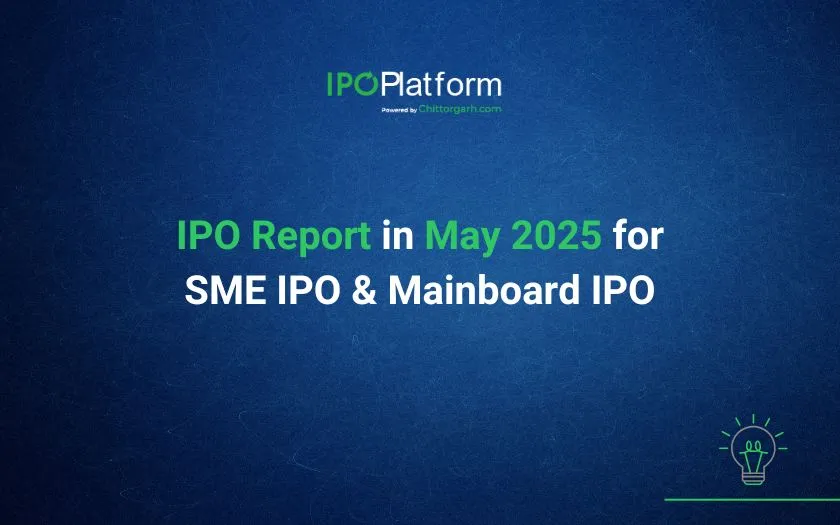
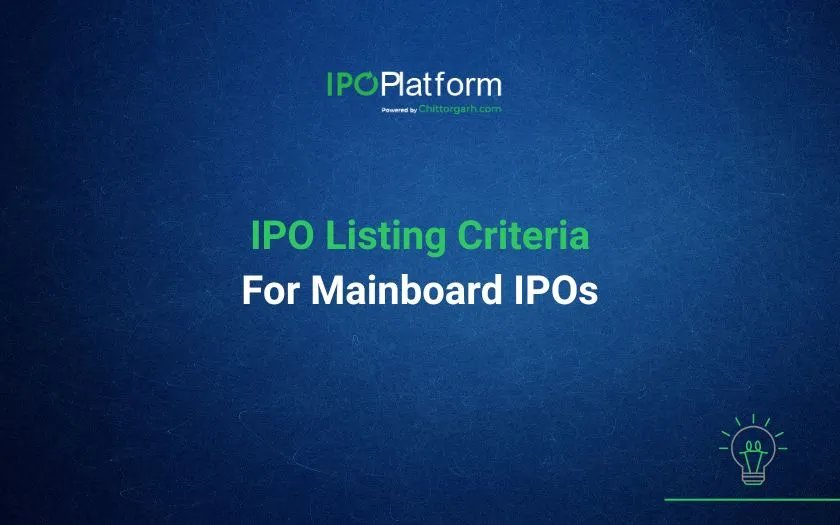
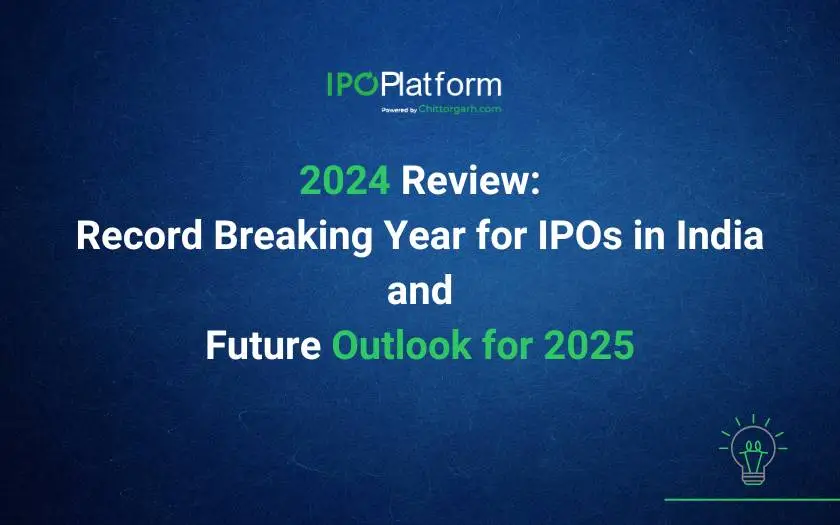
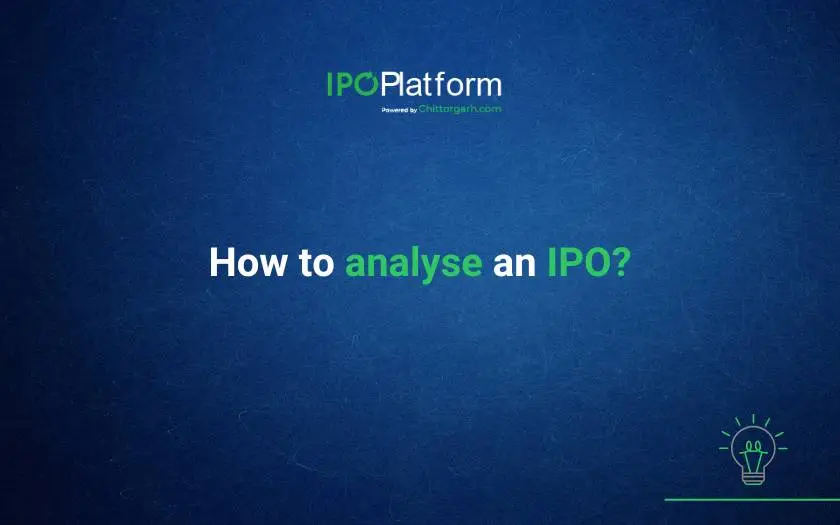
0 Comments